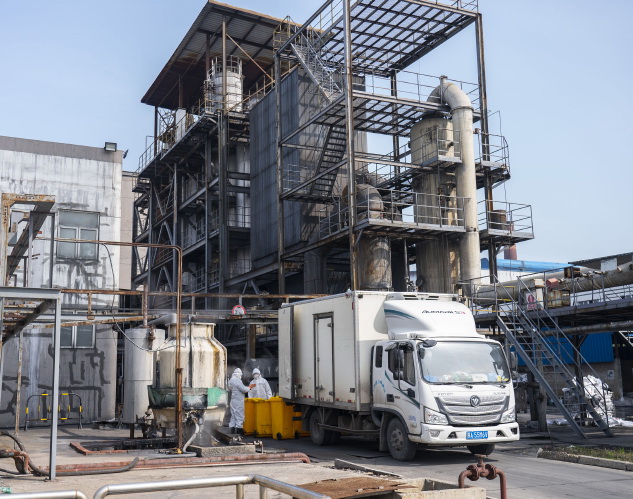The transportation of industrial, medical, and telecommunication equipment is highly demanded. The safety of expedited freight depends on how it is transported. During the delivery, attention must be paid to all preparation and transportation nuances. General rules of equipment delivery limit the large-sized and heavy equipment. A company that offers transportation services needs to provide safety for a large number of lathes, standard industrial plants, and energetic equipment. So the process of equipment delivery can be divided into several stages.
- The choice of vehicle
Lathes, transformers, pressures, and medical facilities can be transported in trucks or containers. Specialists choose the truck depending on the cargo weight. The main requirement is also the technical condition of the truck.
- The package
One of the problems associated with equipment delivery is the volatility of cargo. Metallurgical lathes, transformers, and medical boxes become sustainable thanks to the fixing by the bolts. Such equipment requires additional protection. Fragile cargo is placed in wooden boxes and protected with amortization layers.
- Loading
The transportation practice shows that the driver doesn’t take part in the loading process. But the driver needs to be present and controls the loading. Crane or lifter are chosen according to the equipment weight. Specialists put the cargo on the truck’s floor in a suitable place.
- Fixation
When the cargo is loaded and the documents are arranged, the driver becomes responsible for the expensive equipment. The first point that provides the safety is a proper fixation of the cargo. Usually, the specialists use standard hold-down belts. But two or four belts can’t avoid shifts on the truck’s floor. Moreover, these belts can’t be used to fix medical equipment in plastic corpora as they are too fragile.
Loading the equipment in wooden boxes is also not reliable. A shift of the upper box can cause damage to the low ones. Experienced specialists develop certain fixing schemes or strictly follow the producer’s recommendations. If you need to transport expensive equipment, it’s better to ask specialists for help. Typical mistakes while fixing can lead to accidents.
- Planning the route
While transporting heavy and fragile cargo, logistics specialists must pay attention to the vibration risk which is always on the low-quality roads. The drivers must estimate the traffic condition before starting the run. Even if the cargo is fixed and packed by following the rules, the driver must avoid stoppings and turns at high speed.
- Unloading
The truck driver is not responsible for the unloading. But he controls the process and has a right to change the crane or lifter. Also, if you are the shipper or a sender, who deals with equipment, you should ask professional help. The specialist will control the unloading process and notice all nuances.

